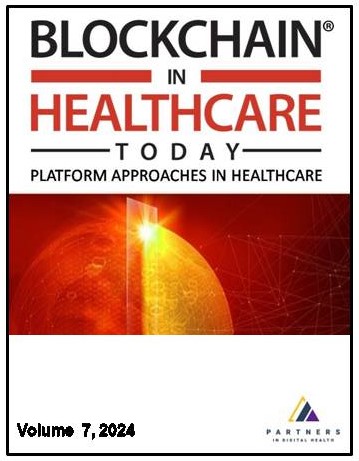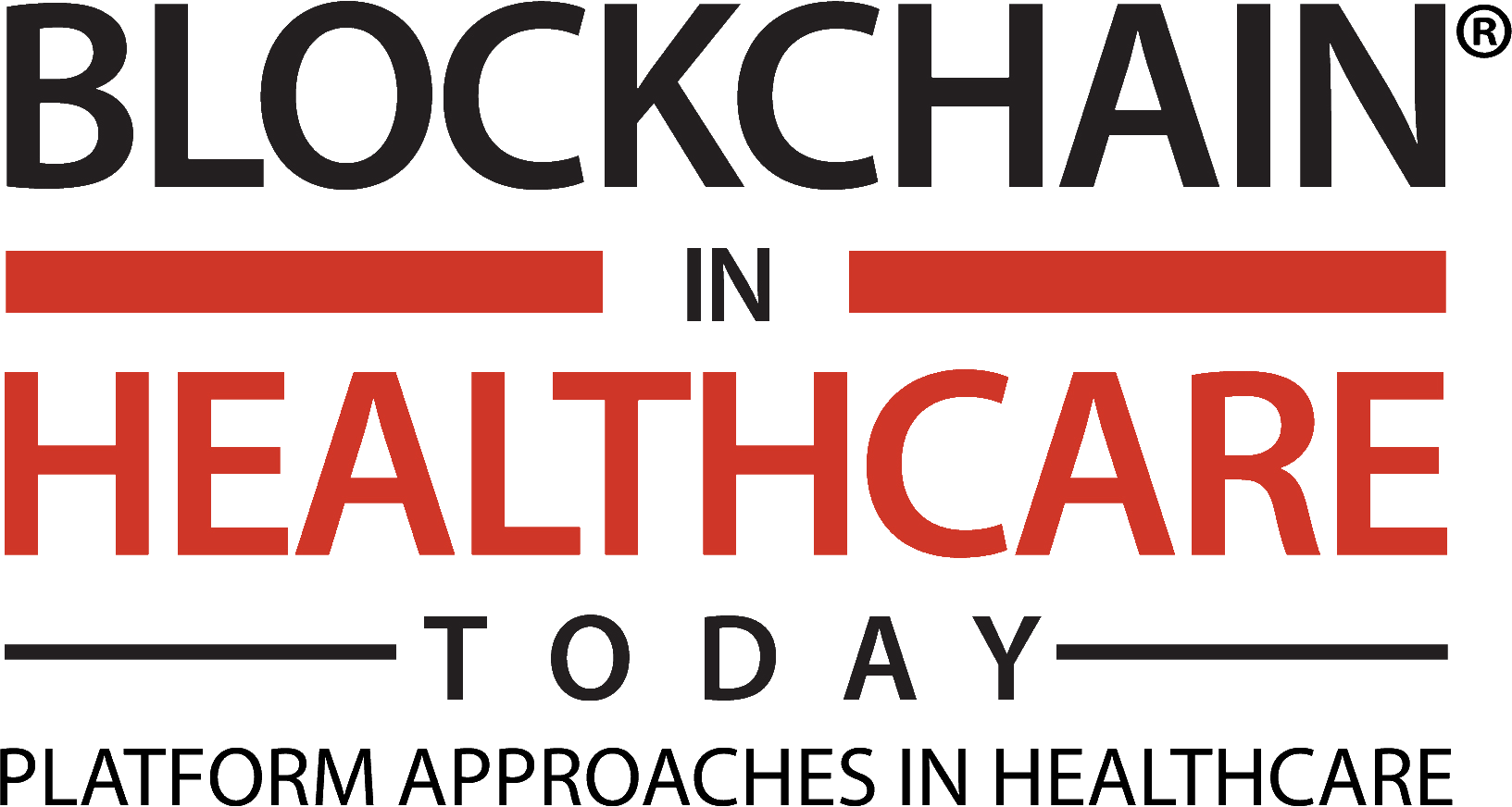
Additional files
More articles from Volume 2, Issue 1, 2019
Comment on: DMMS: A Decentralized Blockchain Ledger for the Management of Medication Histories
Top 10 Blockchain Predictions for the (Near) Future of Healthcare
Implementation Considerations for Blockchain in Healthcare Institutions
Voice Biometrics and Blockchain: Secure Interoperable Data Exchange for Healthcare
Ethical Implementation of the Learning Healthcare System with Blockchain Technology
Article views
Evaluating Blockchain for the Governance of the Plasma Derivatives Supply Chain: How Distributed Ledger Technology Can Mitigate Plasma Supply Chain Risks
Published: 04.01.2019.
Biochemistry
Volume 2, Issue 1 (2019)
pp. 1-13;
Abstract
Objective: This exploratory study examines how distributed ledger technologies could be used within the plasma derivatives supply chain. The plasma derivatives are used increasingly in the pharmaceutical market and the supply chain is global. However, there are significant risks relating to the governance of the supply. The risks include unclear origin of plasma and the propagation of contaminated or poor-quality blood to the pharmaceutical production process. From an ethical perspective, the risk is that vulnerable individuals are exploited in the donation process. Finally, the plasma supply chain currently depends on only a few exporters of plasma, which presents a supply chain risk. Design: The blockchain technology is piloted in other areas of pharmaceutical supply chains and in this study we examine those solutions and conceptualize how a similar solution can be applied to the plasma supply chain. We identify risks within the plasma supply chain and discuss how blockchain-based solutions can mitigate those risks. Results: Drawing on existing literature within the pharmaceutical blockchain arena, we introduce a solution to verify the origin of plasma. We also model how the blockchain technology can be used to tackle ethical and supply chain risks. Conclusions: Blockchain can have a role in mitigating plasma supply chain risks. The area is, however, novel and requires more research.
Keywords
References
Citation
Copyright
This is an open access article distributed under the Creative Commons Attribution License which permits unrestricted use, distribution, and reproduction in any medium, provided the original work is properly cited.
Article metrics
The statements, opinions and data contained in the journal are solely those of the individual authors and contributors and not of the publisher and the editor(s). We stay neutral with regard to jurisdictional claims in published maps and institutional affiliations.

